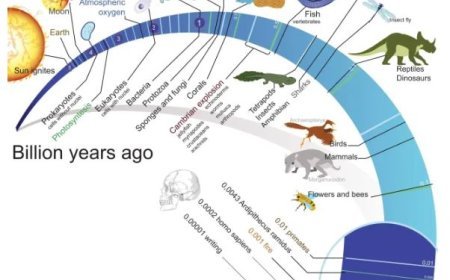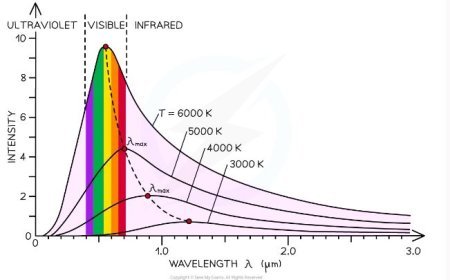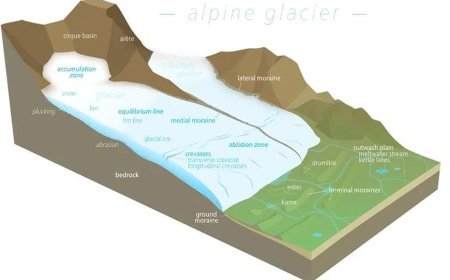Fossils
Traces of the past unearthed: Fossils - preserved remains of ancient life, windows to Earth's history.

Fossil
- Fossils are the remnants or traces of living organisms that previously lived but have since died, such as huge skeletons and microscopic seashells.
- Footprints, tracks, and trails, like worm holes or dinosaur footprints, can become fossils.
- We call them "markers of the past." So, a fossil is the remnant, impression, or evidence of a long-dead organism that was preserved in the earth's crust.
- Things that have perished and the traces they have left can tell us a lot about how plants and animals lived and behaved millions of years ago.
The fossils can also be classified into five categories.
Body Fossils
- Body fossils, on the other hand, are the fossilised shells, bones, and leaves of an animal or plant.
- Many of the fossilised dinosaur bodies and huge bones that we see are casts and moulds. Another form is replacement fossils, such as petrified wood.
- Another form is whole-body fossils, such as mammoths trapped in ice or insects trapped in amber.
- A mould is the mark made by the shell on the rock surrounding it. Moulds are classified into two categories.
They are as follows:
External Mould
- A duplicate of the shell's exterior.
- Every time we extract a bone or shell from the rock, we leave an outer mould behind.
Internal moulds
- Internal shell moulds can be seen on the surface of rocks.
- When sand or mud filled the shell, these moulds were formed.
Molecular Fossils
- Molecular fossils are the byproducts of biological production that are incorporated into soils before solidifying into rocks.
- They are sometimes referred to as biomarkers or biosignatures. Many of these substances are known to alter in predictable ways and can remain stable for billions of years.
Trace Fossils
- There are fossilised remains of an animal or plant.
- These fossils include animal dwellings, burrows, tracks, and other evidence of their existence on Earth.
- The structure of the plant or animal remains constant as a solid.
- The crystals that sprout in their place can be rather colourful. They are sometimes used to create gems and artwork.
Carbon Fossils
- Carbon is a chemical element found in all living things.
- When a living creature dies and is buried in soil, the elements that comprise it degrade until just carbon remains.
- A 300 million-year-old fern fossil, for example, can reveal the delicate elements of an organism, such as leaves or plants.
Pseudofossil
- Mineral solutions in water can travel quickly across layers and form an animal or plant component.
- Their study indicates that they are neither plants nor animals. These are known as pseudofossils.
The Formation of Fossils
- Living creatures, particularly those in water, perish and are soon buried beneath sand, mud, clay, or ash deposits.
- The hard portions normally remain, while the soft parts degrade.
- These are ammonites, a kind of rock that is fairly common. More and more silt accumulates over time.
- Sedimentary rock is formed when sands solidify due to high loads, heat, and chemical processes. Changes in the earth's crust cause the sedimentary rock strata to rise again to higher ground.
- Last but not least, temperature, wind, and water are responsible for bringing the remnants to the surface.
IMAGE SOURCE (THUMBNAIL)
IMAGE SOURCE 1
What's Your Reaction?



































